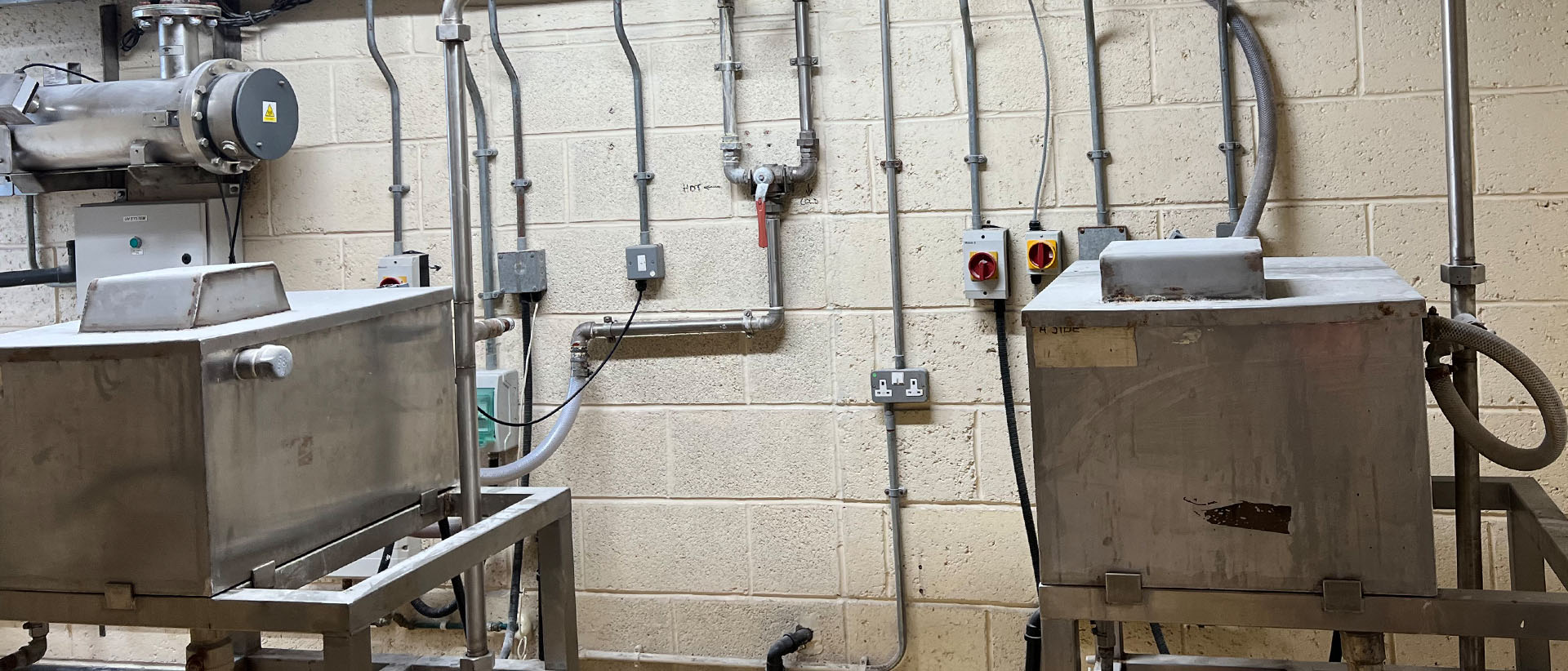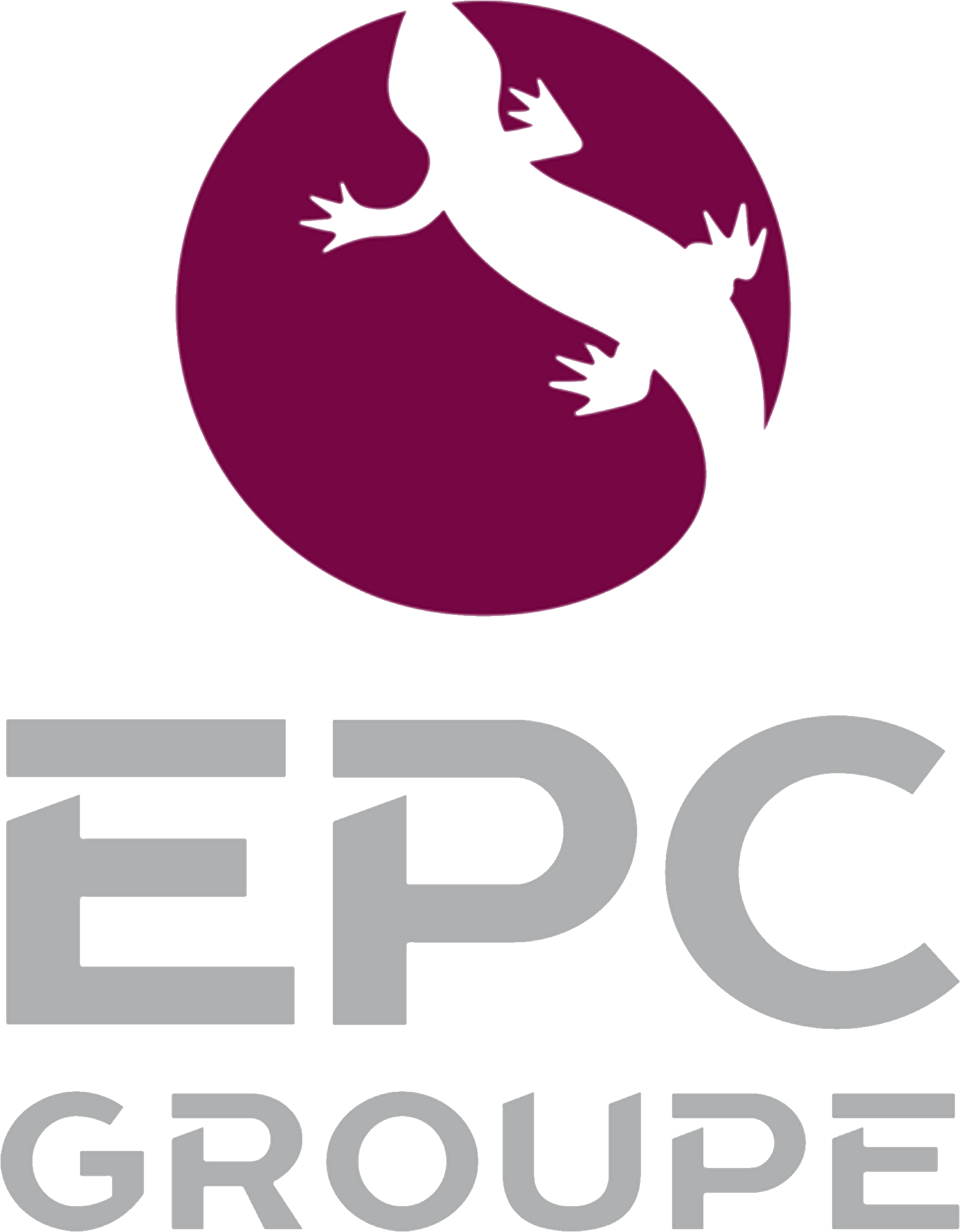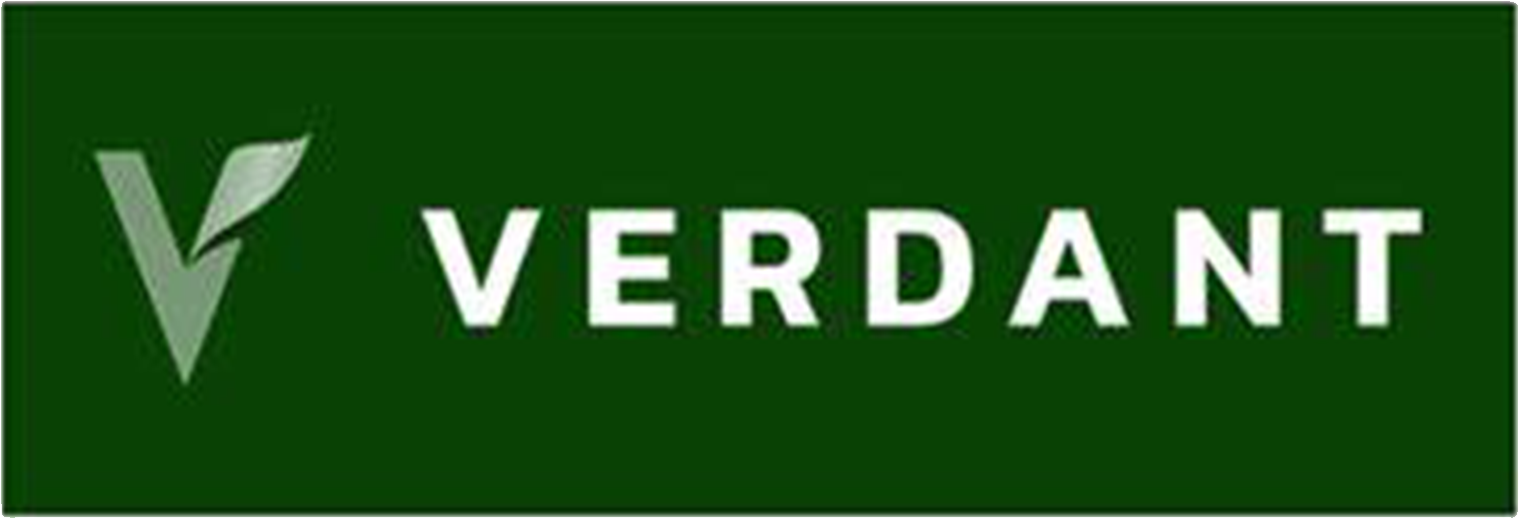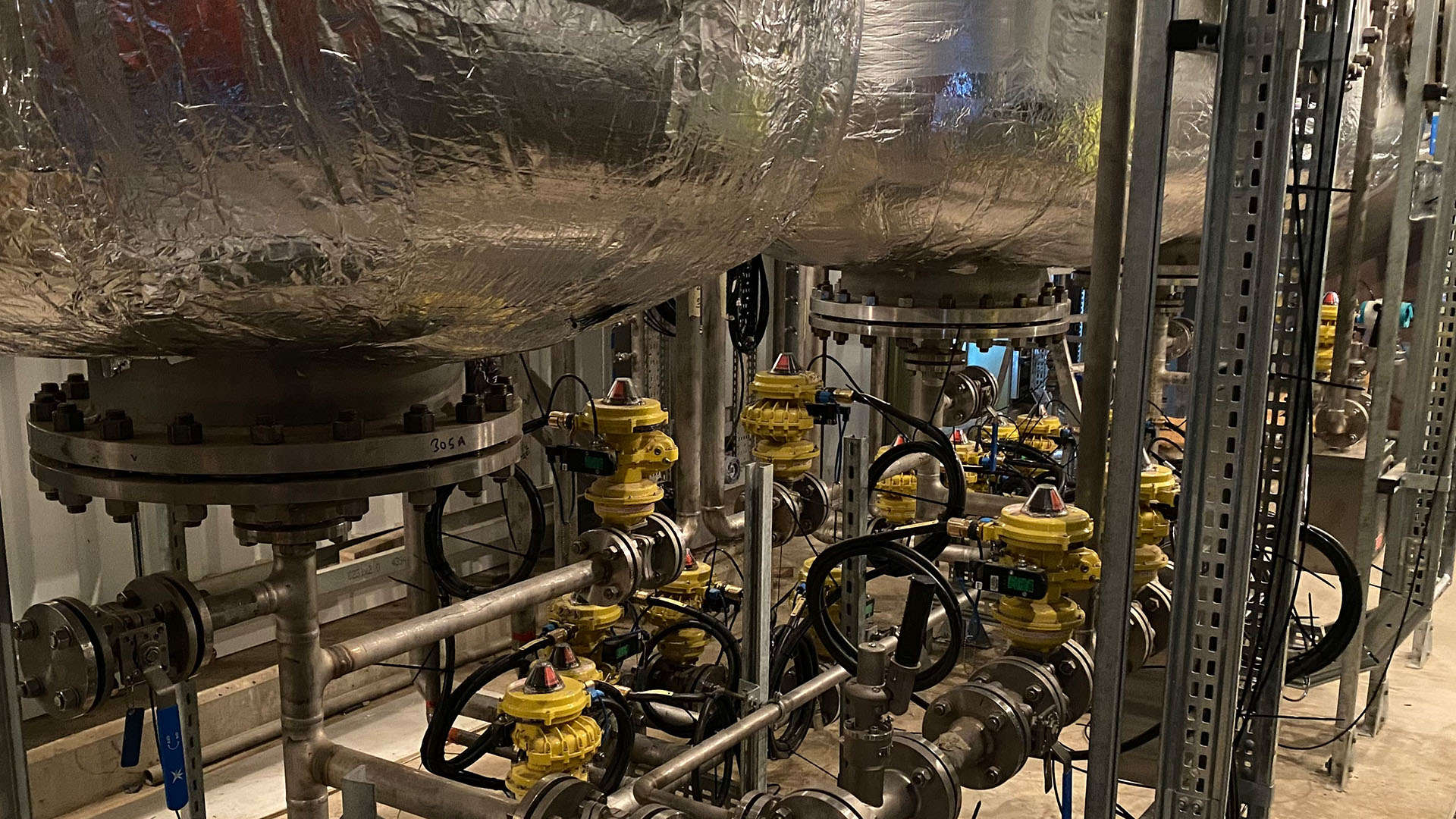
We conduct ATEX inspections for businesses with an increased risk of explosion or fire due to hazardous areas.
These hazardous areas are commonly found in industries such as petrochemical, pharmaceutical, and food processing, where ATEX inspections are required to comply with safety regulations and protect the workforce.
What is ATEX?
ATEX is an abbreviation for the French term “atmosphères explosives,” which refers to explosive atmospheres.
In electrical engineering, it relates to the EU’s directives on explosion protection. ATEX Inspections are crucial to ensure that equipment used in explosive environments meets rigorous safety standards.
Our qualified ATEX engineers conduct these inspections, examining equipment, wiring, and safety measures to identify and mitigate potential explosion risks. Their role is vital in ensuring compliance with safety standards and preventing hazardous incidents.
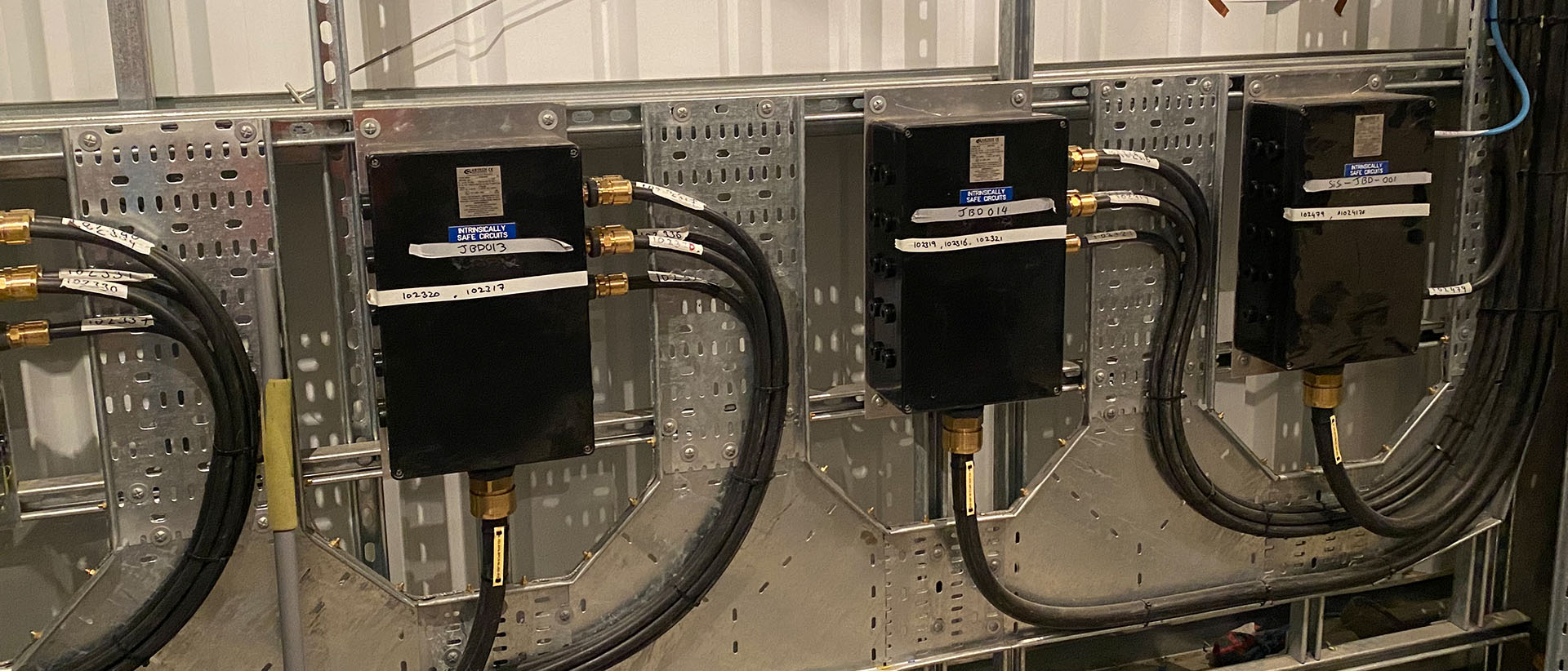
What does an ATEX inspector do?
Here at Citi Group, our team of qualified ATEX Inspectors conducts detailed inspections of electrical installations and equipment to ensure compliance with all ATEX standards.
This involves checking the integrity of the wiring and verifying the suitability of your equipment.
We also provide recommendations for improvements and corrective actions if we identify any issues. Finally, if the testing is successful, then we will issue an ATEX certificate.
Essentially, we help businesses comply with legal requirements and maintain a safe working environment.
What is considered a hazardous area?
A hazardous area is defined as a place with an increased risk of an explosion or fire due to flammable gases, vapours, dust or fibres. Common examples include:
- Chemical processing plants
- Oil and gas facilities
- Pharmaceutical plants
- Grain silo
- Paint shops with spray booths
Understanding what constitutes a hazardous area helps in appreciating the importance of regular ATEX inspections. These inspections are essential for maintaining a safe working environment and ensuring compliance with stringent safety regulations.
What is an ATEX certificate?
An ATEX certificate is a document that verifies that your electrical equipment and installations comply with ATEX regulations.
This involves checking the integrity of the wiring and verifying the suitability of your equipment.
We also provide recommendations for improvements and corrective actions if we identify any issues. Finally, if the testing is successful, then we will issue an ATEX certificate.
Essentially, we help businesses comply with legal requirements and maintain a safe working environment.
What are the types of ATEX inspections?
There are three main types of ATEX Inspections. These are as follows:
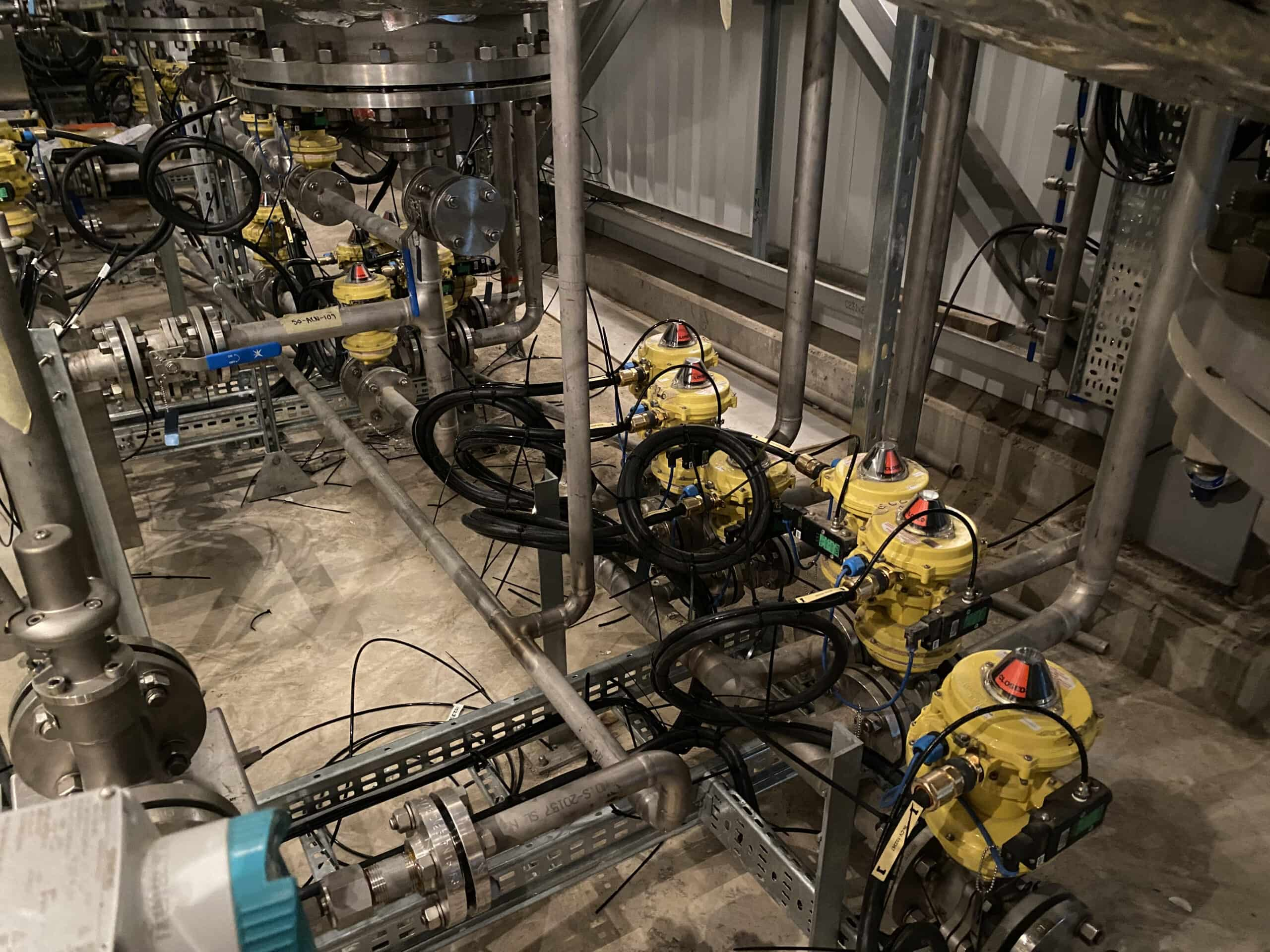
Visual inspections
A visual inspection is a basic and non-intrusive examination of equipment and installations to identify any obvious defects or issues that can be seen with the naked eye. During visual inspections, we are looking for obvious issues such as physical damage, corrosion, loose components, and signs of overheating.
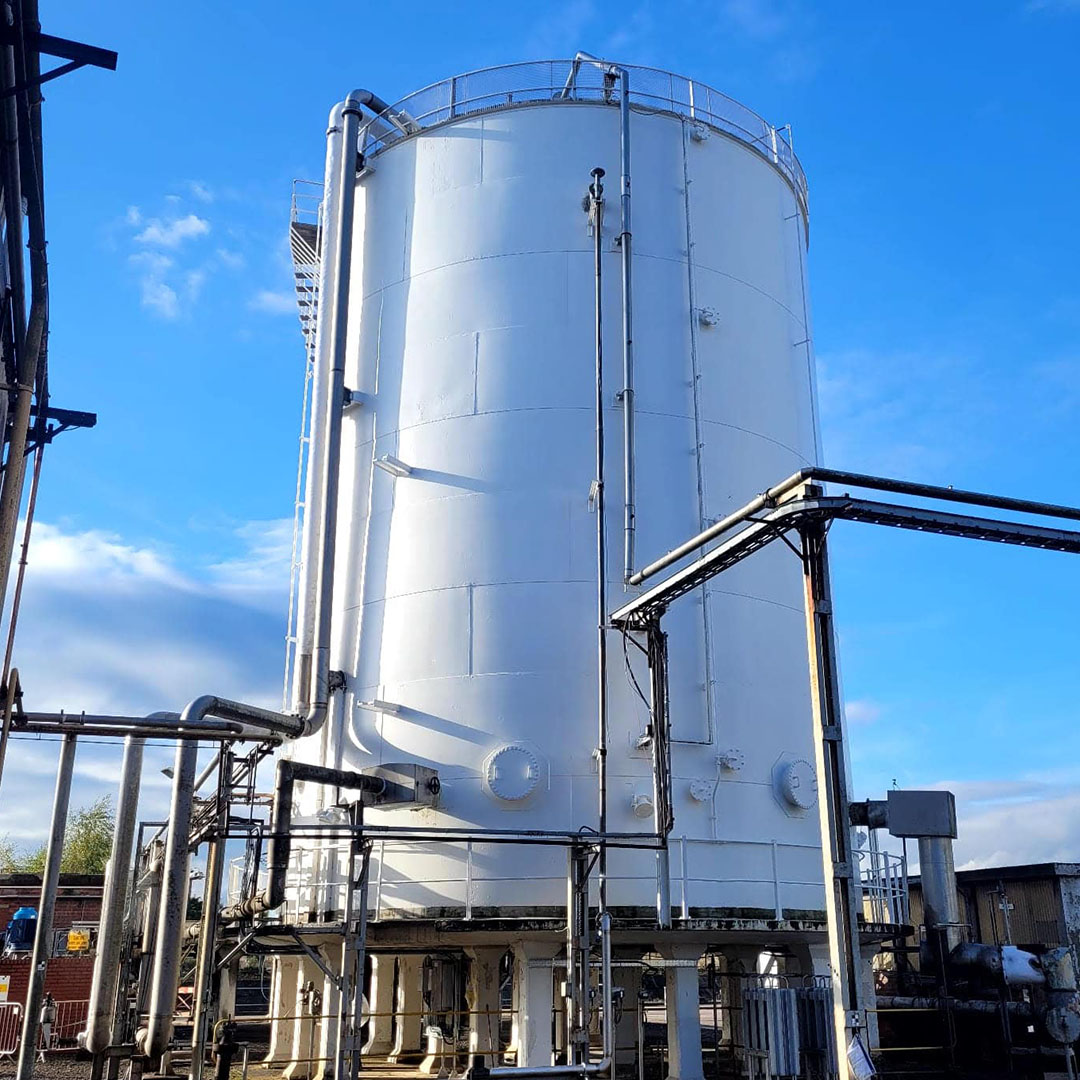
Close inspections
A closed inspection is a more thorough examination compared to a visual inspection but still involves looking at the external parts of the equipment without opening it. They do not typically require the equipment to be de-energised. Instead, we are checking for compliance with installation standards, ensuring that all protective measures and seals are intact and that the equipment is correctly assembled.
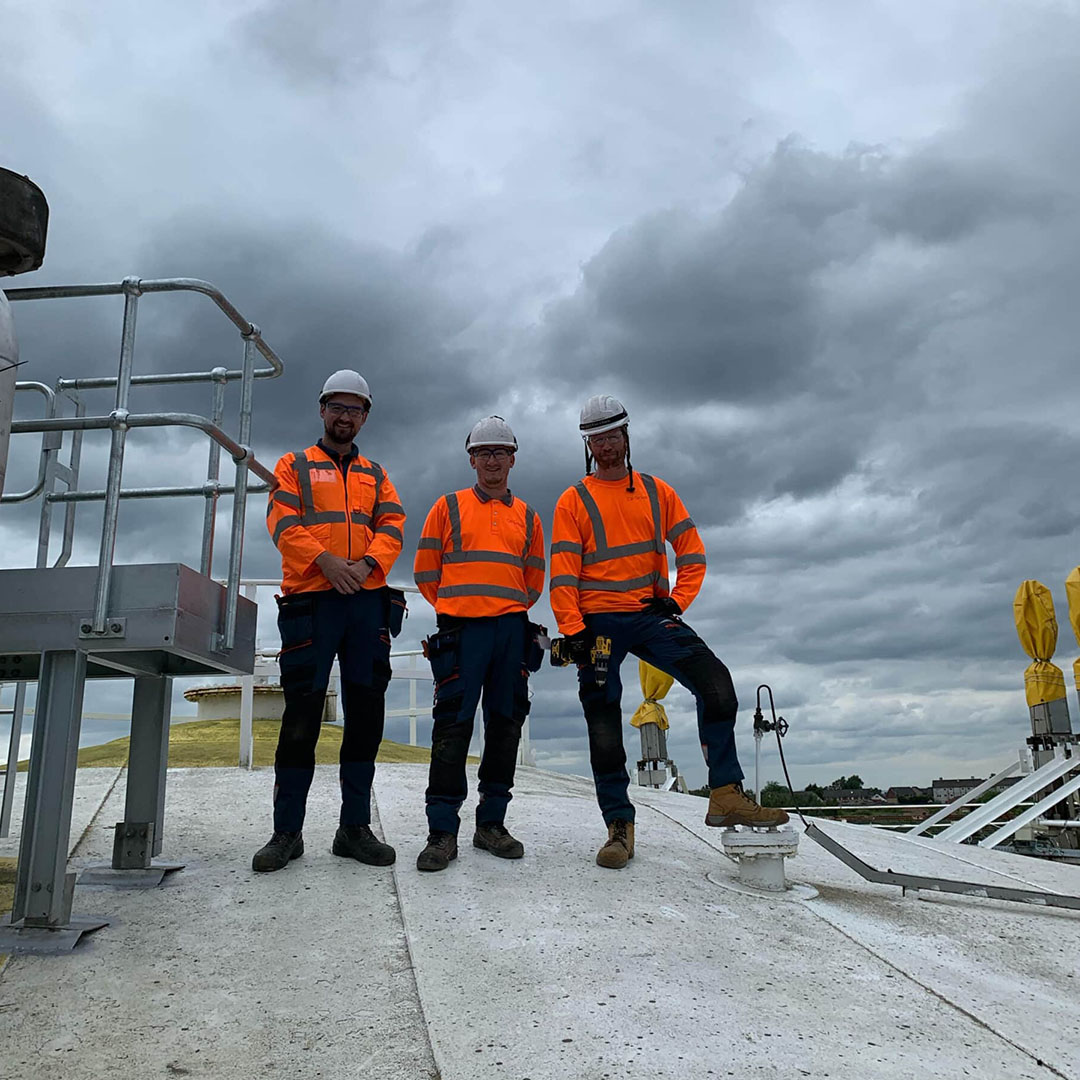
Detailed inspections
Detailed inspections are the most thorough type of ATEX inspections. They involve a comprehensive examination of the equipment, including internal components, to ensure all parts are functioning correctly and meet safety standards. Quite often, equipment will need to be de-energised and cable glands may need to be dismantled. Detailed inspections check the integrity and functionality of the internal parts, seals, and barriers as well as for any hidden defects.
What stages comprise the ATEX inspection process?
As well as this, there are two additional options for ATEX inspections. Which one you need will depend upon the age of your installation. The two types are as follows:
-
Initial inspections
- The original ATEX inspection of a site.
- Ensures the correct type of protection is appropriate for the hazardous area.
- Once complete, a BS 60079-17 detailed certificate is issued.
-
Periodic inspections
- Regular follow-up inspections to ensure ongoing compliance and safety.
- Identifies any changes or deteriorations since the last inspection.
- There should be no more than 3 years between periodic inspections.
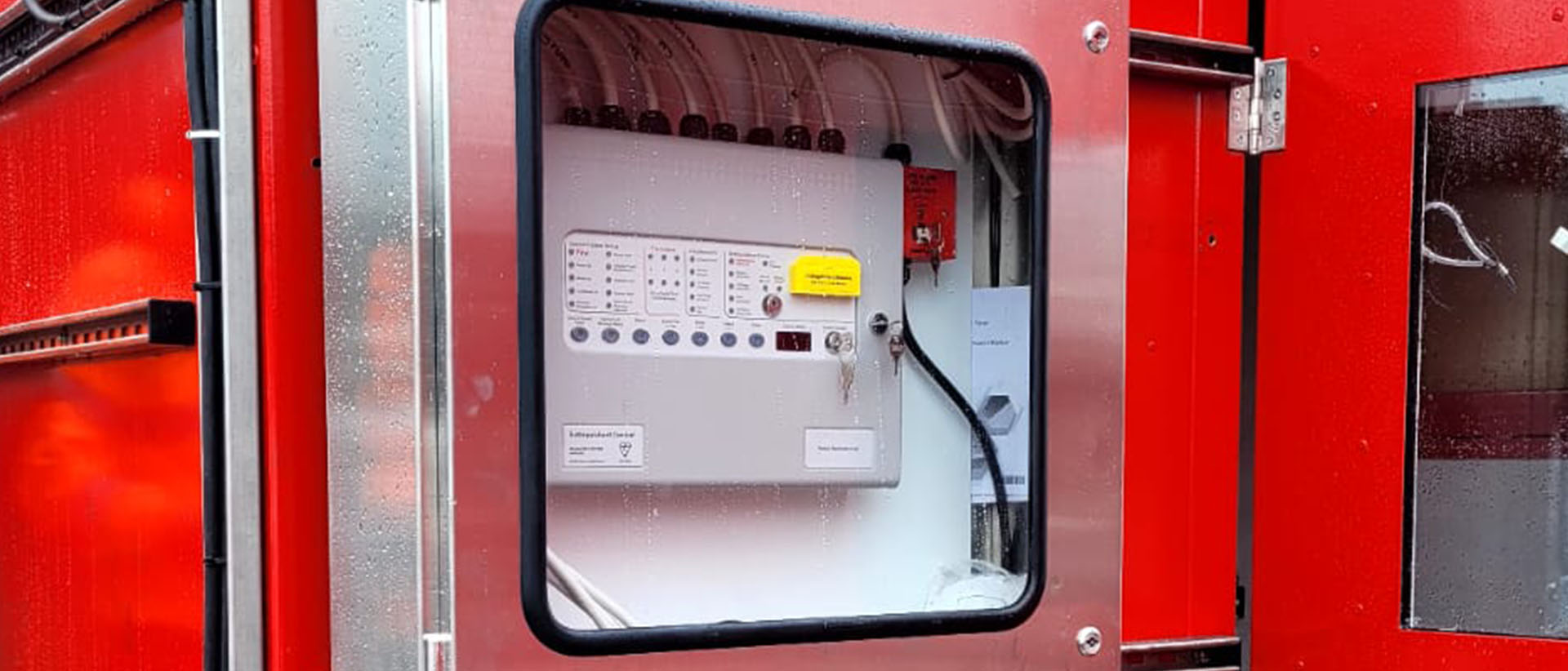
Does ATEX still apply to the UK?
Yes, ATEX regulations still apply to the UK.
Compliance with ATEX standards is essential for businesses operating in potentially explosive environments. Despite Brexit, the UK continues to enforce ATEX regulations through the UKCA (UK Conformity Assessed) marking, which mirrors the European ATEX directive.
After your ATEX inspection:
Your relationship with us doesn’t end when the inspection does – instead, it’s just the beginning. Post-inspection, we provide ongoing support to ensure your compliance and safety are maintained at the highest level. We offer:
- Free expert advice to help resolve identified issues
- Cost-effective maintenance and preventative measures
- Thorough remedial and installation services for more serious issues
Why choose Citi Group?
When it comes to ATEX inspections, precision, reliability, and thoroughness are non-negotiable.
Citi Group is the trusted partner for businesses across West Yorkshire and the UK because of our unmatched expertise
With over 26 years of experience, our teams have extensive practical expertise in delivering specialist services for clients operating in all industries and settings. These include chemical, pharmaceutical, gas, oil, food and drink, munitions and storage.
Our comprehensive services cover all aspects of ATEX compliance for your electrical equipment and machinery, from initial compliance checks to detailed inspections and follow-up support. Not only that, but we also tailor our services to meet the unique needs of each client, ensuring that every inspection is as thorough and accurate as possible.
What are you waiting for? Experience the peace of mind that comes with knowing your ATEX compliance is in expert hands. Call us on on 01924 235057.
Tell us about your project
